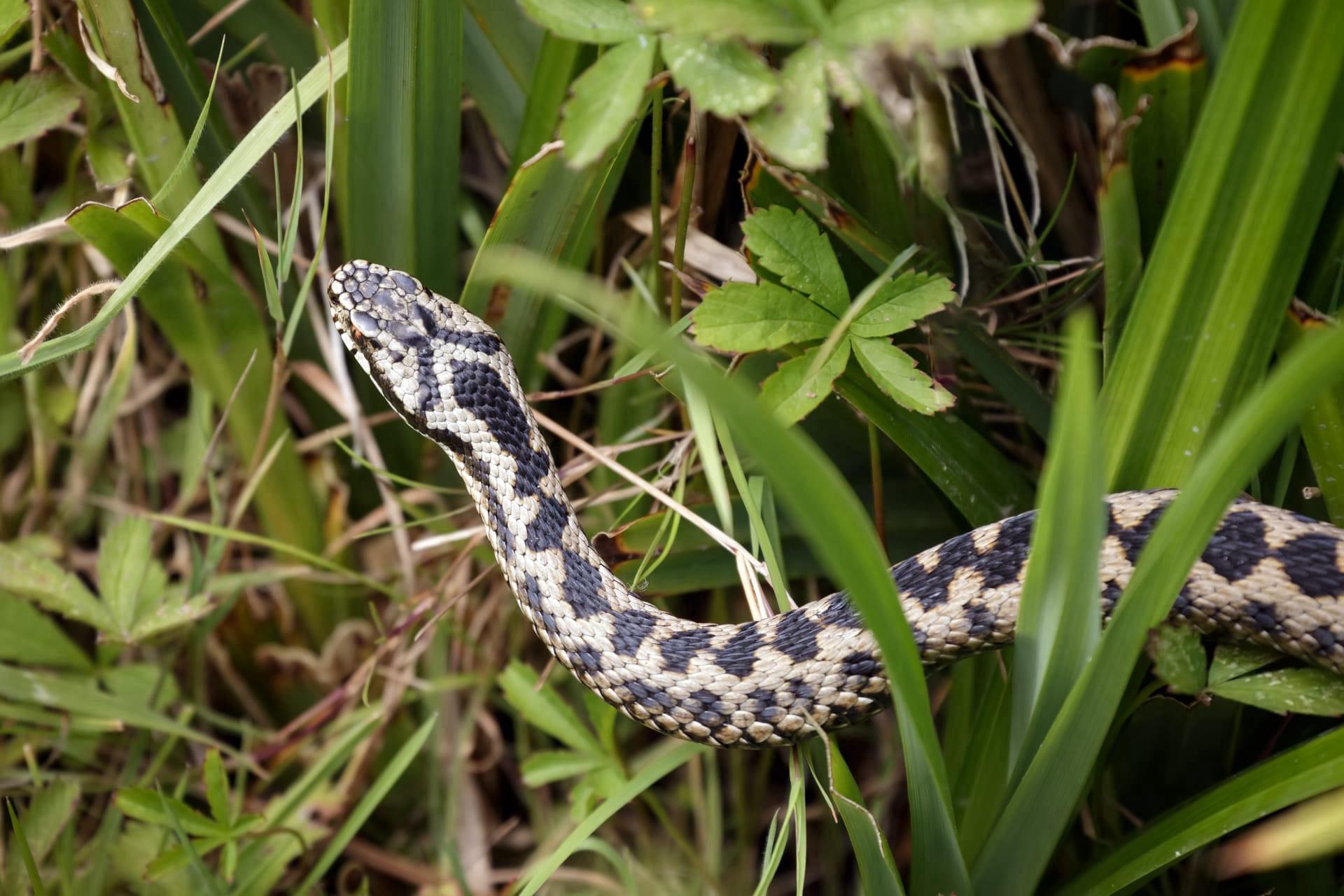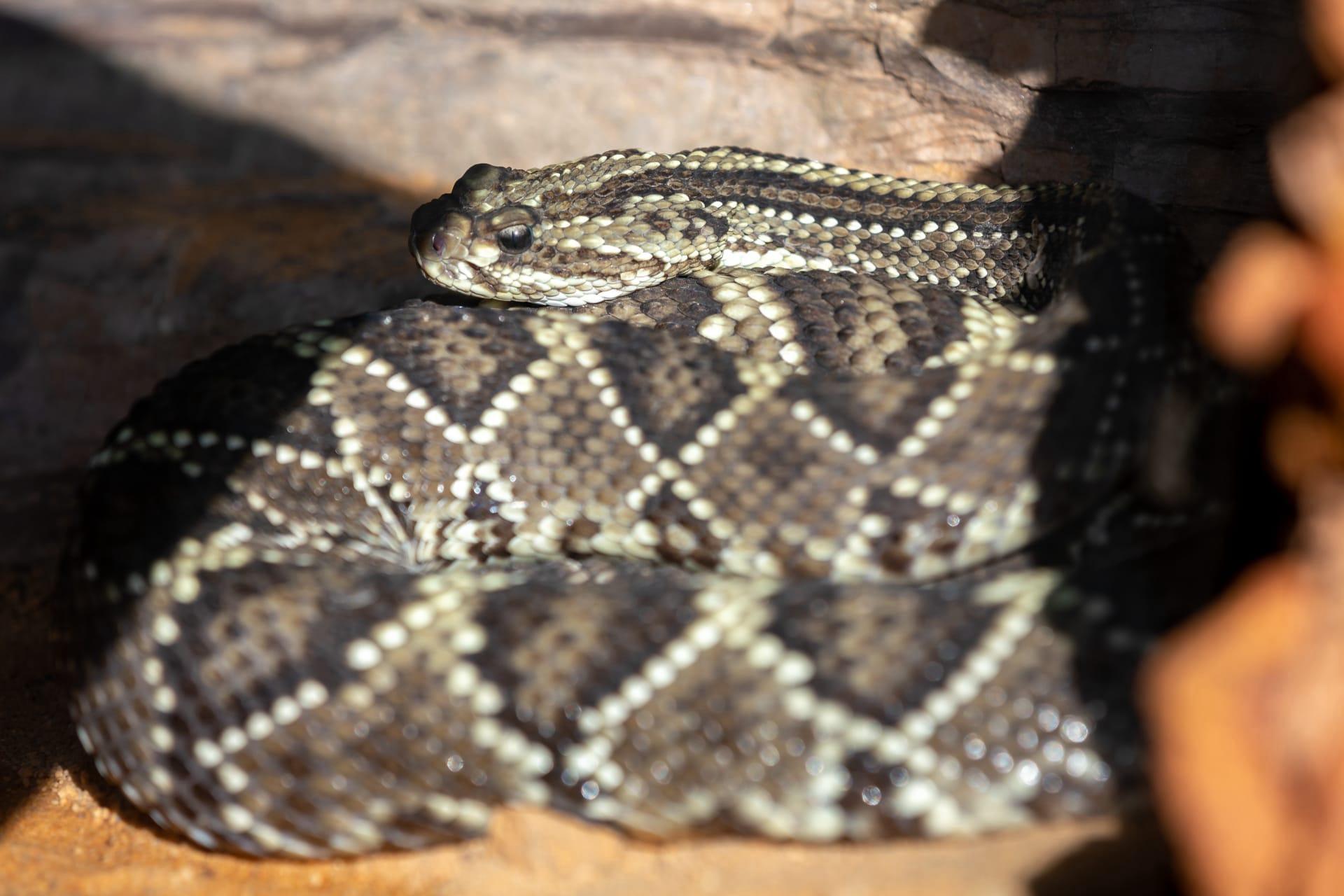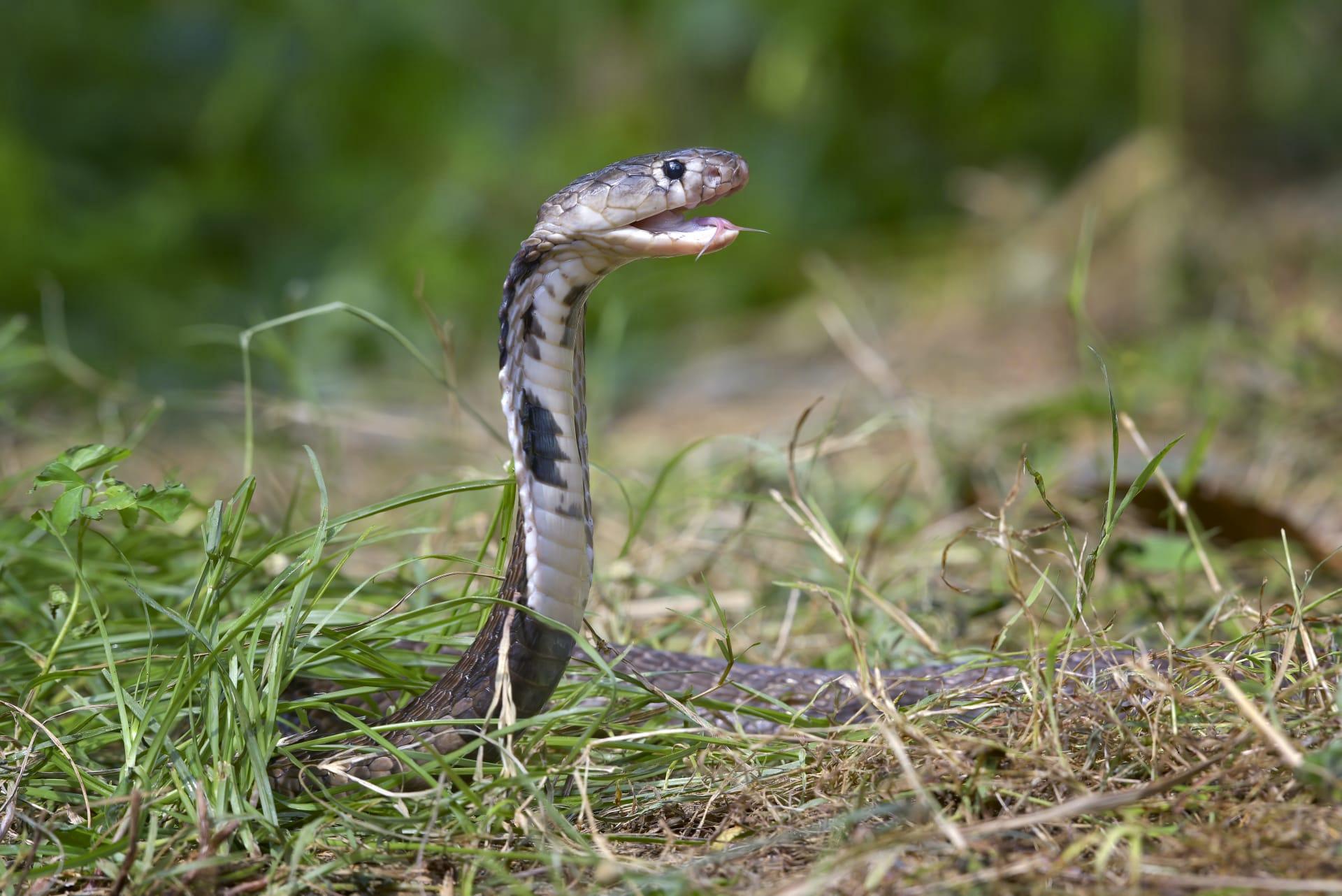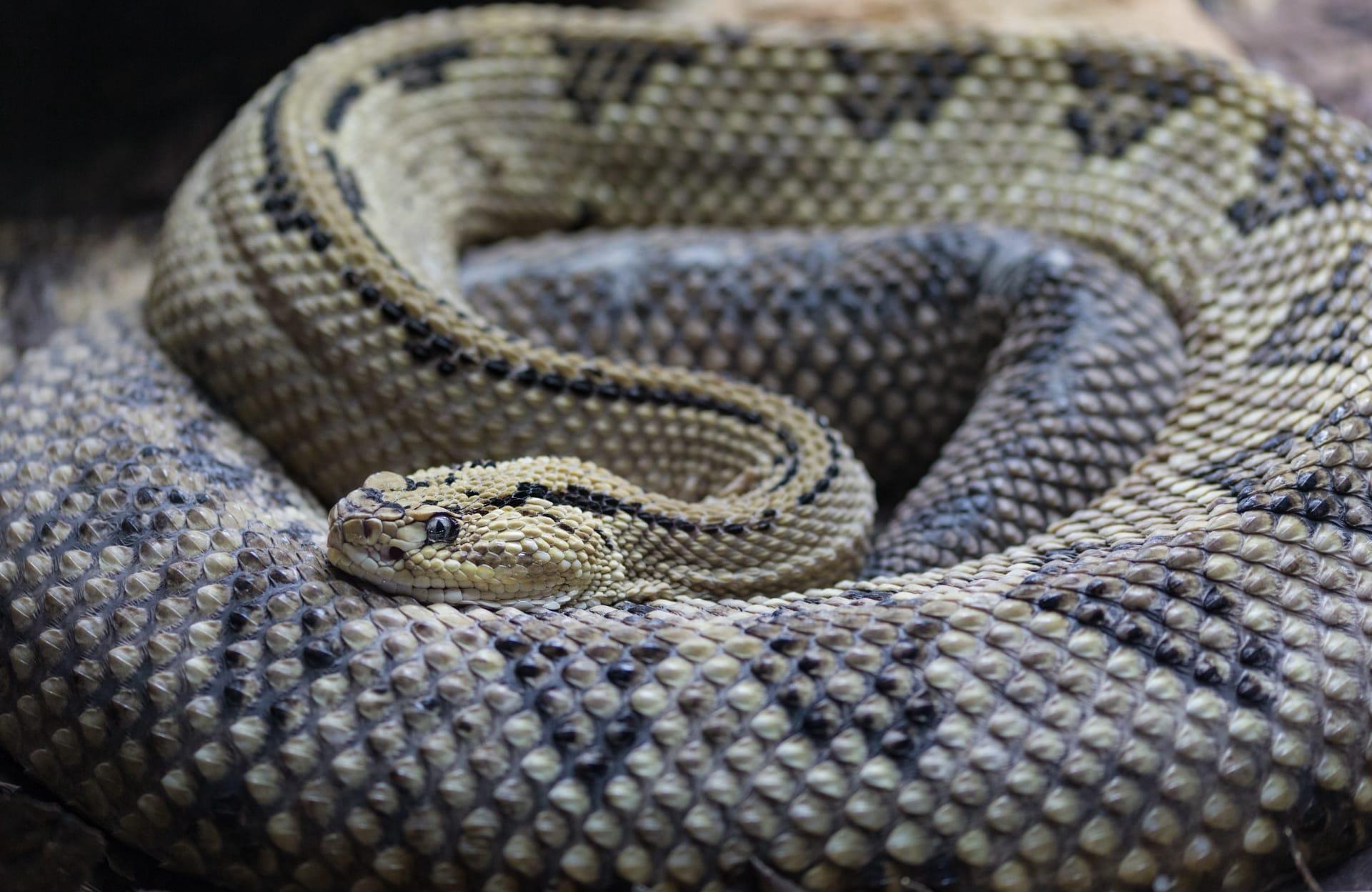Russells Viper Characteristics
- Home /
- Mini Encyclopedia /
- Animal /
- Russells Viper Characteristics
1
Russell's Viper, scientifically known as Daboia russelii, is a fascinating creature that commands respect and curiosity. This snake is known for its distinctive physical attributes. On average, Russell's Vipers measure about 4 feet in length, although some can grow up to 5.5 feet. They have a robust body, marked by a striking pattern of dark brown or black splotches against a yellowish, tan, or brown background, making them stand out in their natural habitats. Their lifespan in the wild is approximately 10-15 years, though this can vary depending on environmental factors and threats.
One of the most notable organs of Russell's Viper is its venom-producing gland. This organ is a key player in the snake's survival strategy. The venom is a potent cocktail of hemotoxins and neurotoxins. Hemotoxins affect the blood and muscles, causing severe pain, swelling, and often tissue damage. Neurotoxins, on the other hand, affect the nervous system, potentially leading to muscle paralysis. This venom is not just a defense mechanism but also aids in subduing prey, primarily rodents, before consumption. The efficiency and potency of this venom make Russell's Viper one of the most feared snakes in its native regions.

2
Question: What is the primary diet of Russell's Viper and how does it capture its prey?
Answer: Russell's Viper primarily feeds on rodents, birds, and lizards. It employs a 'sit-and-wait' strategy for hunting. The snake will often remain motionless, camouflaged within its environment, waiting for unsuspecting prey to come within striking distance. Once the prey is close enough, the viper strikes rapidly, injecting its venom through long, hinged fangs. The venom quickly immobilizes the prey, usually causing death. The snake then swallows the prey whole. This hunting method is highly effective, allowing the viper to conserve energy while maximizing its chances of a successful hunt.

3
Movement is a crucial aspect of Russell's Viper's life, characterized by a distinctive serpentine motion. This snake can move swiftly when provoked or while attacking prey but generally prefers a more languid pace. It moves by contracting its muscles in a wave-like pattern, allowing smooth and silent navigation through its environment. The viper's movement is not only a means of locomotion but also aids in blending into surroundings, an essential aspect of its predatory lifestyle.
Russell's Viper's hunting and feeding behavior is intriguing. It primarily hunts at night, utilizing its excellent night vision and heat-sensing pits located between the eyes and nostrils to detect warm-blooded prey in the dark. After delivering a venomous bite, the viper waits for the venom to incapacitate the prey before approaching to consume it. This method reduces the risk of injury from struggling prey and ensures a successful meal.

4
Russell's Viper thrives in a variety of habitats. It is predominantly found in grasslands, scrublands, and rural agricultural areas, particularly in regions with rodent infestations. The viper's habitat choice is greatly influenced by the availability of prey and cover. It adapts well to human-altered environments but can also be found in forests and wetlands. These snakes are often encountered near water sources, which attract prey species.
The reproduction of Russell's Viper is another remarkable aspect. It is ovoviviparous, meaning it gives birth to live young instead of laying eggs. Mating occurs once a year, and gestation lasts about six months. A female can give birth to a litter of 20 to 60 young, which are independent from birth. The young are born fully equipped with venom and hunting capabilities, ensuring a high survival rate in the wild.

5
Book: "Venomous Snakes of the World" by Mark O'Shea. This comprehensive guide, published in 2008, delves into the fascinating world of venomous snakes, including Russell's Viper. O'Shea, a renowned herpetologist, provides detailed insights into the biology, behavior, and venom of these creatures. The book, richly illustrated with photographs, is a valuable resource for anyone interested in the diverse and often misunderstood world of snakes.
Book: "Snakes: A Natural History" by Roland Bauchot. Published in the 1990s, this book offers a broad overview of snake biology, with a focus on species like the Russell's Viper. Bauchot, an esteemed biologist, explores the ecological roles and physiological adaptations of snakes. The book is acclaimed for its accessible approach to the subject, making it a great starting point for readers new to herpetology.